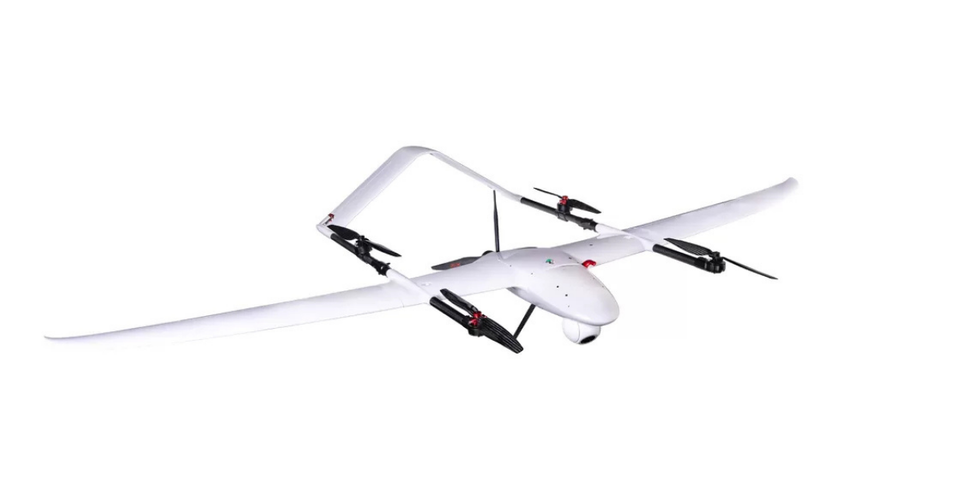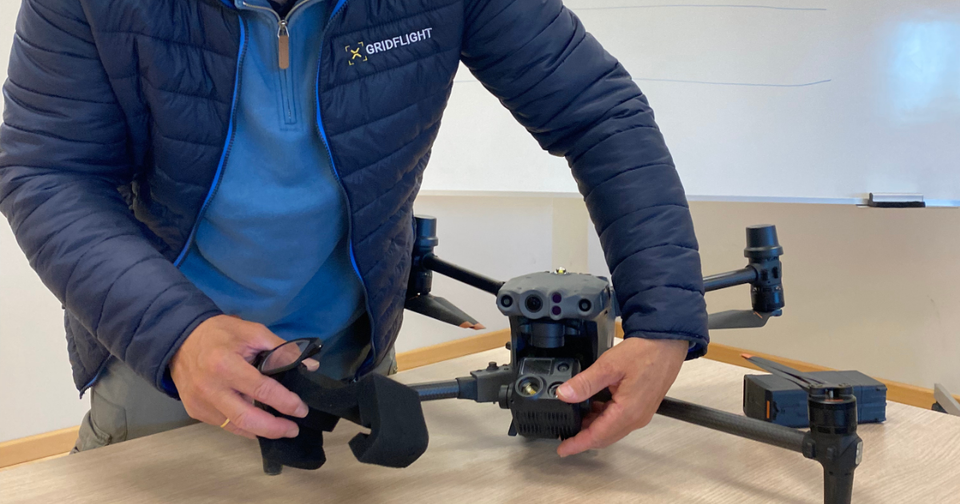Drone type classification by number of rotors
One of the most common ways to classify drones is based on thenumber of rotors they have:
Tricopters (3 rotors): Less common, they offer stability with a lightweight design.
Quadcopters (4 rotors): They are the most popular due to their balance between stability, maneuverability and cost.
Hexacopters (6 rotors): They provide greater stability and load capacity, ideal for filming and transport.
Octocopters (8 rotors): Designed for professional tasks that require engine redundancy and greater flight safety.
Fixed-wing Drones vs. Multirotor drones
Fixed-wing Drones
- They resemble conventional aircraft.
- Longer flight range and energy efficiency.
- Ideal for large scale surveillance and mapping tasks.

Multirotor drones
- Greater stability and ease of control in tight spaces.
- Perfect for photogrammetry, photography and 3D modeling, and operations in hard-to-reach areas.

Classification of drones by type of use
Drones can be divided into different categories depending on their application:
- Recreational: Designed for hobbies, they include toy drones, such as the HoverAir X1 and FPV for racing.
- Professionals: Used in aerial photography (DJI Mavic 3 Enterprise), industrial inspections (DJI M 30 Series) and precision agriculture (DJI Agras T25).
- Military: Developed for reconnaissance, surveillance and combat missions.
Classification by Specialized Drones
Some drones are designed for specific tasks:
- FPV (First Person View) : Ideal for races and immersive flights.
- Racing drones: Built for extreme speed and maneuverability.
- Aquatic drones: Water resistant, used in marine exploration and rescue.
Future Trends in Drone Design
The future of drones points to improvements in autonomy, artificial intelligence and new designs such as VTOL drones (vertical takeoff and landing) that combine the best of multirotors and fixed wings. In addition, the integration with 5G networks promises to optimize remote control and data transmission in real time.
Drones will continue to revolutionize industries and transform the way we interact with airspace. If you're interested in learning more about their professional use, explore our training.







